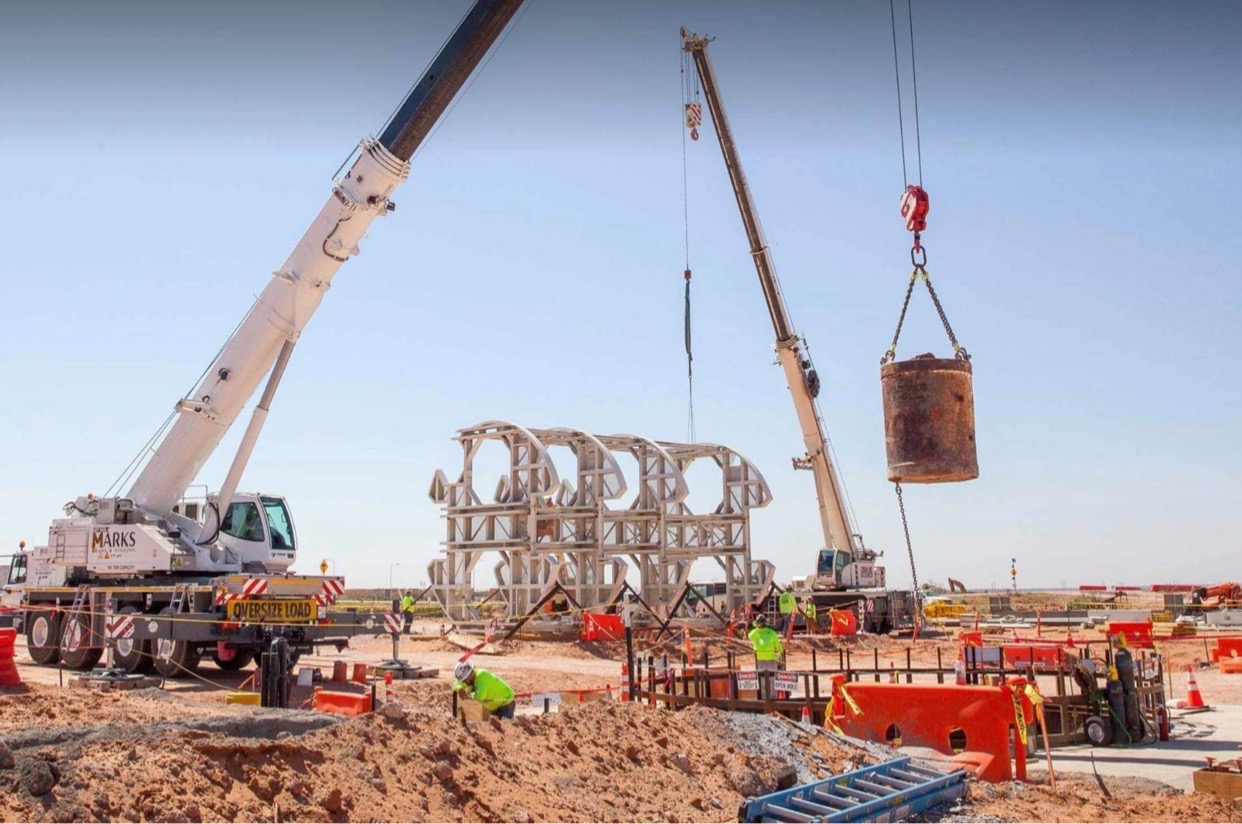
Franco Returns to WIPP Project as Special Advisor to NWP
October 08, 2020
Sandia National Labs Shipments Received at WIPP
July 30, 2020September 04, 2020
WIPP Reaches Early Milestone in Work to Increase Underground Ventilation
CARLSBAD, N.M. – A project at the Waste Isolation Pilot Plant (WIPP) has reached an early milestone as crews embark on a new phase to excavate a new utility shaft — an EM 2020 priority — located west of the WIPP plant.
The $75 million shaft sinking is integral to increasing ventilation to the WIPP underground. When completed, it will be WIPP’s largest shaft at 26 feet in diameter, reaching 2,275 feet, with drifts, or passageways, being excavated at the 2,150-foot level to match the rest of the WIPP underground that will eventually connect to the shaft.
Shaft excavation has reached 56 feet by using a mini excavator and crane-lifted buckets. Contractors will drill small holes in one-half of the bottom of the shaft and set off small emplaced explosive charges in a sequential pattern. The debris will be excavated, and the process repeated.
The work will be ongoing, 24 hours a day, five days a week, with an additional single shift on Saturdays. During the shots, blast mats will cover the top of the shaft and a location being excavated to install an angled piece of ductwork to feed air into the shaft. WIPP has implemented safety measures to alert motorists approaching the construction site.
A round steel cage will be lowered into the shaft for workers to set the charges during excavation activities down to 100 feet. When the excavation reaches 100 feet, a five-story multiplatform unit will be lowered into the shaft for the work. That unit has a remote-controlled excavator underneath it, and two holes in its structure to allow buckets to be raised and lowered with excavated material.
-Contributor: Roy Neese

